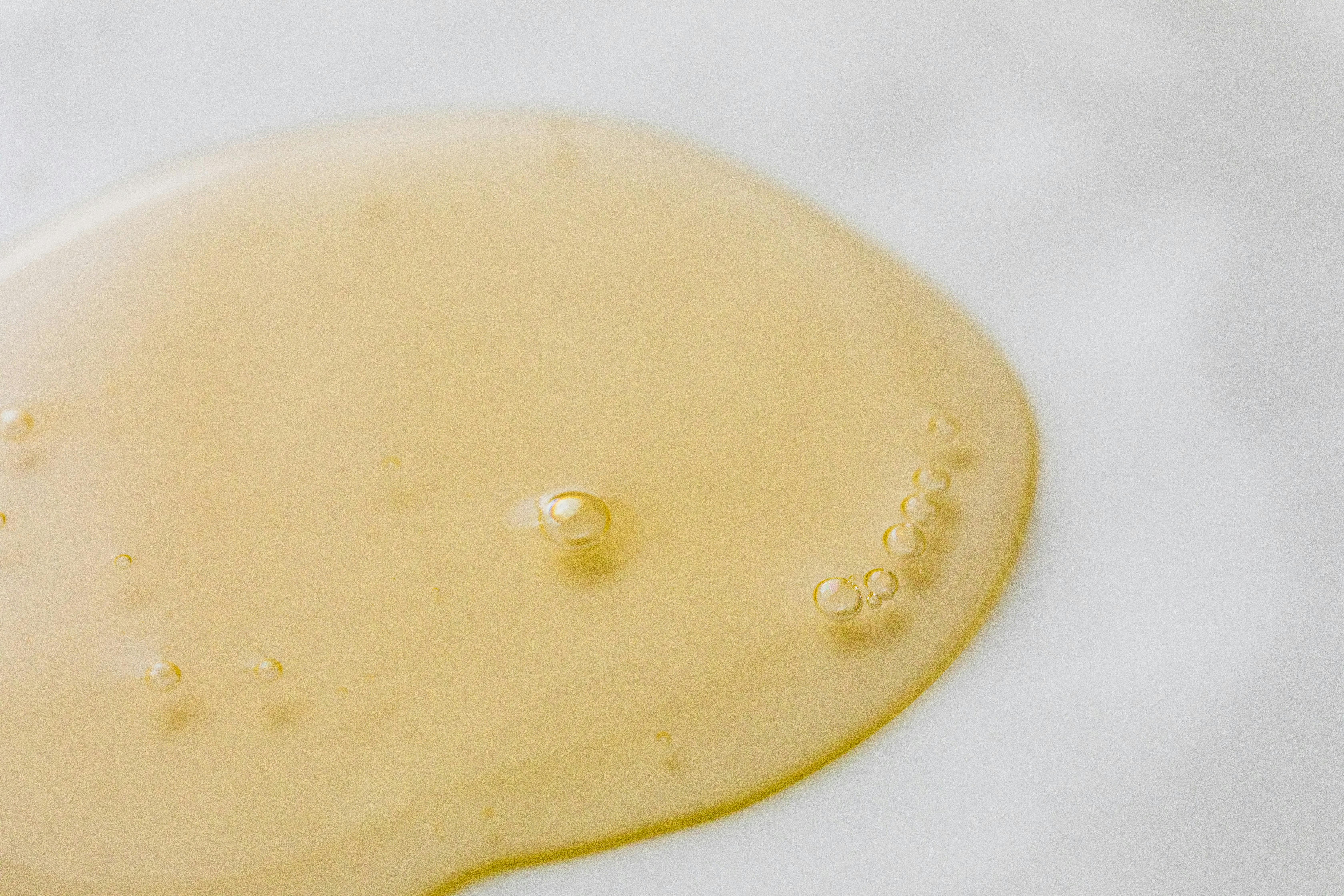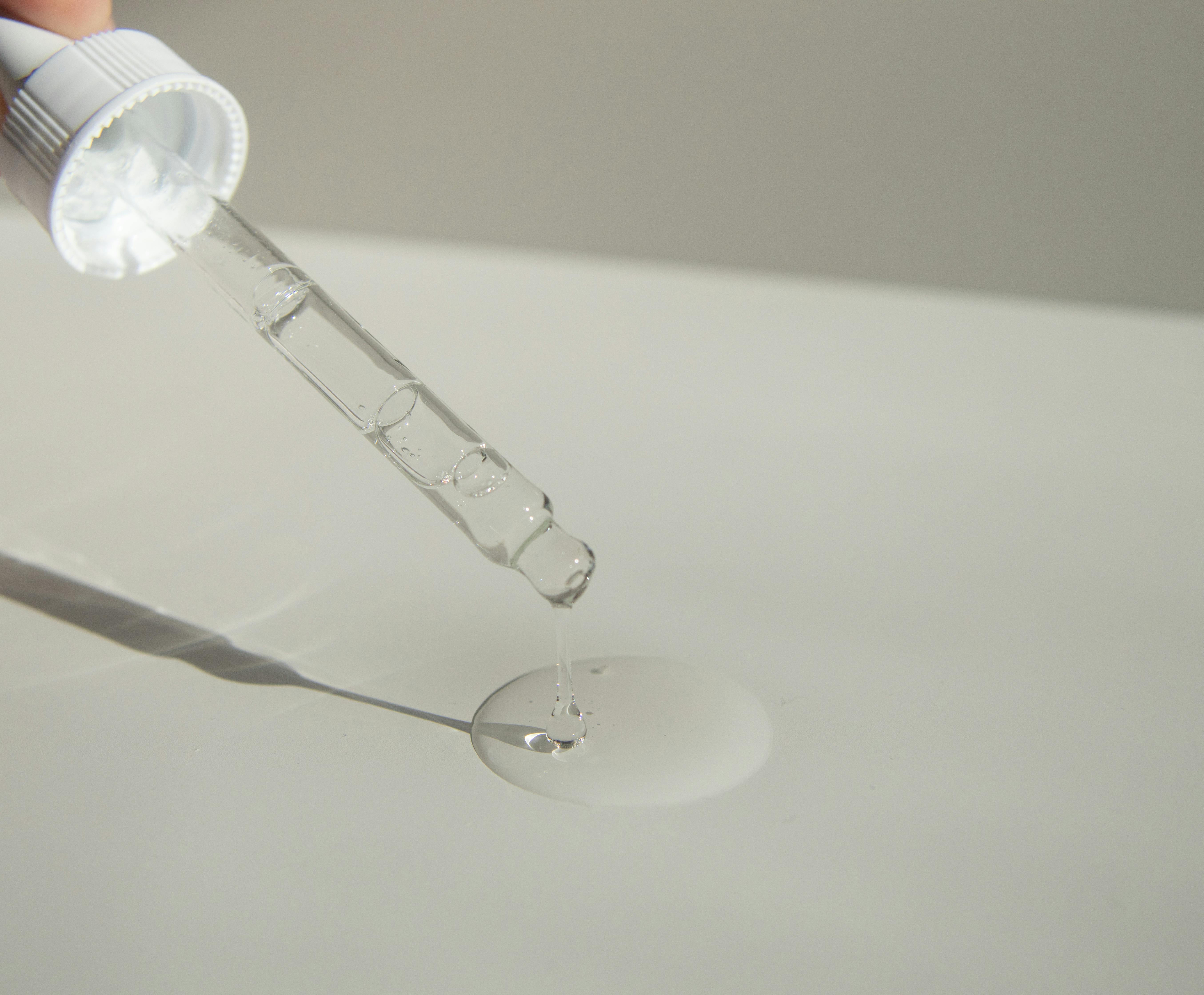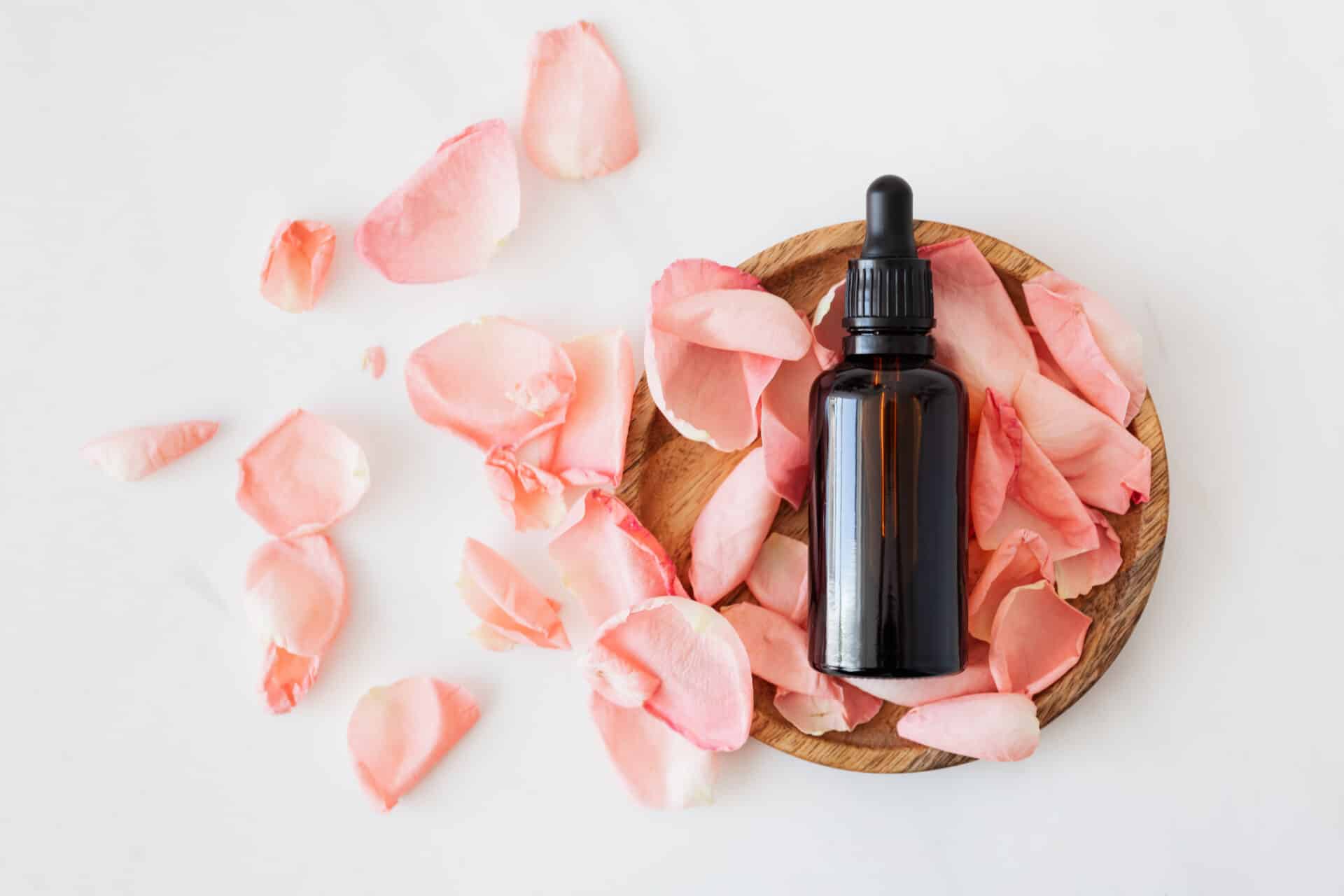Distilling essential oils is an age-old process that has been used for centuries to extract the aromatic compounds from plants. Essential oils are highly concentrated natural oils that are obtained by distilling or extracting the volatile aromatic compounds from plants, such as flowers, leaves, roots, and bark. Essential oils have a variety of uses, including aromatherapy, massage therapy, and skin care. Distilling essential oils involves using steam to extract the desired compounds from plant material. The process is relatively simple and can be done at home using basic equipment. This article will provide a brief overview of the distillation process and how to distill essential oils at home.Essential oils are highly concentrated, natural plant extracts that are obtained from the leaves, stems, flowers, roots, bark and other parts of a plant. They are typically obtained through distillation or cold pressing techniques and often contain hundreds of different aromatic compounds. Essential oils are commonly used in aromatherapy and other natural health practices and can be used to create a variety of products such as perfumes, creams and lotions. They can also be added to food for flavoring or for medicinal purposes.
Distillation Process for Essential Oils
The distillation process for essential oils is a method used to extract the aromatic compounds from plants. This process involves steaming or heating the plant material to release the essential oils, which are then collected in a condenser. The essential oil is then separated from the water and collected for use in aromatherapy and natural healing products. The process of distilling essential oils can vary depending on the type of plant being used, but typically involves steam or water being heated until it produces vapor, then cooling it until it condenses. This condensed vapor collects the plant’s volatile aromatic compounds, leaving behind any impurities or non-aromatic compounds that may be present in the plant material. The essential oil is then collected in a separate container, ready for use in various products. Distillation is an efficient way to extract high-quality essential oils with minimal processing, giving them their therapeutic qualities and making them suitable for use in aromatherapy and natural healing products.
The distillation process can also vary depending on the desired product. For example, if you’re looking to create an essential oil blend with multiple scents, you
What Equipment is Needed to Distill Essential Oils?
Distilling essential oils requires the use of specialized equipment. This includes a still, a collection container, water, and a heat source. The still is the most important piece of equipment and can come in a variety of shapes and sizes. The most common type of still is an alembic, which is composed of two vessels connected by a tube. The still must be able to withstand high temperatures and should be made from stainless steel or copper. A collection container must also be used to collect the essential oil as it distills out of the plant material. This can be made from glass or stainless steel.
The heat source used for distillation depends on the type of still being used. Some stills may require direct heat, while others may require indirect heat or steam. If direct heat is being used, it must be carefully monitored to prevent burning the plant material. If indirect or steam heat is being used, specialized equipment such as a condenser will need to be added to the still in order for the essential oils to be collected properly.
Water is also necessary for distilling essential oils and depending on
Harvesting Plant Material
The first step in preparing plant material for distillation of essential oils is harvesting the plant material. Depending on the type of essential oil being produced, the harvesting time and technique will vary. In general, it is important to harvest the plant material at its peak maturity to ensure that it contains the maximum amount of essential oils. If the plant material is harvested too early or too late, the resulting essential oil may be of lower quality. To further improve quality, it is important to harvest the plant material in a clean environment to avoid contamination from foreign matter.
Drying Plant Material
Once harvested, it is important to dry the plant material before distillation. This can be done by exposing it to sunlight or by using a dehydrator or oven. The drying process helps remove excess moisture and helps prevent spoilage during storage and distillation. It also helps enhance essential oil yield and quality as excess water can dilute the final product. Depending on the type of plant material being used, drying times can range from several hours to several days.
Storage of PlantHow to Distill Essential Oils at Home
Distilling essential oils at home is a simple process that allows you to create your own pure, natural, and therapeutic-grade essential oils. Essential oils are highly concentrated liquids derived from plants and flowers that can be used for aromatherapy, natural remedies, and home fragrances. Distilling essential oils is a rewarding experience that allows you to make your own unique products. Here’s how to do it:
Start by gathering the necessary materials for distillation. You will need a still (a distillation apparatus), some type of heat source (such as a stovetop or hot plate), glass jars or containers, plant material (such as flowers or herbs), and water. You can purchase all of these materials at most health food stores or online.
Next, prepare the plant material for distillation by chopping it into small pieces to increase its surface area. Place the chopped plant material into the still along with water. The ratio of water to plant material should be 2 parts water to 1 part plant material.
Once the plant

Benefits of Distilling Essential Oils
Distilling essential oils is a process that has been used for centuries to extract natural compounds from plants. It is a method of producing highly concentrated and fragrant oils that can be used in aromatherapy and other applications. Distilling essential oils offers numerous benefits, including purifying the oil, increasing its potency, and preserving its natural properties.
The first benefit of distilling essential oils is that the process helps to purify the oil by removing any unwanted compounds or impurities. This allows for a more pure product that will provide an even more concentrated and potent aroma. Additionally, this process helps to preserve the natural properties of the oil, ensuring that it has maximum therapeutic value.
Another benefit of distilling essential oils is that it can increase their potency and therapeutic value. By removing any impurities from the oil, it becomes more concentrated and powerful. This can help to provide more effective treatments when using the oil for aromatherapy or other applications. Additionally, it can make the aroma of the oil stronger, allowing for a more enjoyable experience when using it in products such as candles or perfumes
Safety Considerations When Distilling Essential Oils
Distilling essential oils is a method of extracting the aromatic components of plants, such as flowers, bark, stems, leaves and roots. It is an ancient method used to obtain essential oils from various parts of plants. While this process can yield wonderful results, it is important to be aware of the potential risks associated with distillation. Here are some safety considerations when distilling essential oils.
When working with any type of volatile oils, it is important to ensure adequate ventilation. Make sure that the area you are distilling in is well ventilated to prevent the buildup of fumes. Be aware that some essential oils contain chemical components that can be toxic or irritate the skin and eyes if inhaled or touched.
Make sure all equipment used for distillation is clean and free from contaminants. This includes any containers or vessels used in the process. Contamination can lead to off-flavors or smells in your final product, as well as potentially hazardous health effects if ingested.
Be sure to wear appropriate safety gear when handling essential oils and other volatile materials. This
Common Uses for Distilled Essential Oils
Distilled essential oils are highly concentrated liquids extracted from plants. These oils have a wide range of uses, from aromatherapy to skin care and even as natural remedies for illnesses. Essential oils can be used in a variety of ways, making them an incredibly versatile and popular choice for many people. Here are some of the most common uses for distilled essential oils:
Aromatherapy: One of the most popular uses for distilled essential oils is in aromatherapy. Aromatherapy involves using the scent of certain plants to promote physical and emotional wellbeing. Essential oils can be diffused using an oil burner or vaporizer, or applied directly to the skin using massage techniques. Common scents used in aromatherapy include lavender, eucalyptus and peppermint.
Skin Care: Many essential oils possess natural antibacterial and anti-inflammatory properties that make them ideal for use in skin care products. They can be used as part of a natural beauty routine to help reduce acne and other skin conditions such as eczema. Some of the most commonly used essential oils in skin care

Conclusion
Distilling essential oils is an age-old practice that has been perfected over the centuries. Although it is a complex process, it can be done quite easily with the right equipment and knowledge. With the right tools and techniques, you can easily distill quality essential oils that you can use for aromatherapy, natural perfumes, and other purposes. By understanding the basics of distilling essential oils, you will be able to craft your own unique scents and enjoy the therapeutic benefits of these natural oils.
Distilling essential oils is a time-consuming yet rewarding activity. It requires patience, attention to detail, and a commitment to quality to get the best results. With plenty of practice and knowledge about the process, anyone can become a master distiller in no time!

